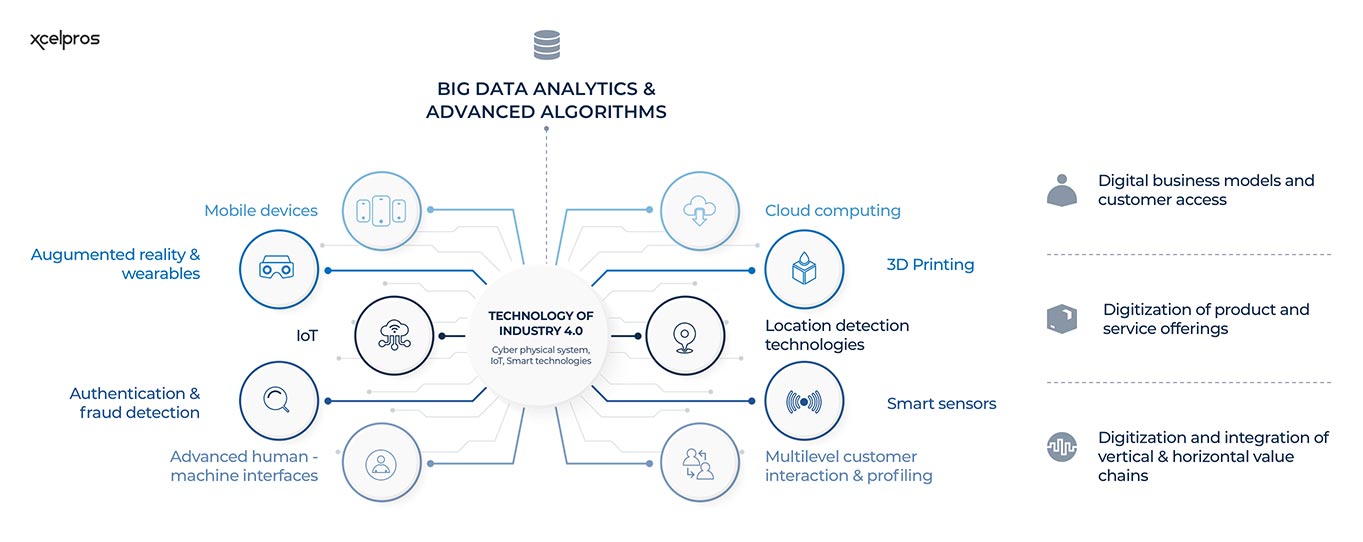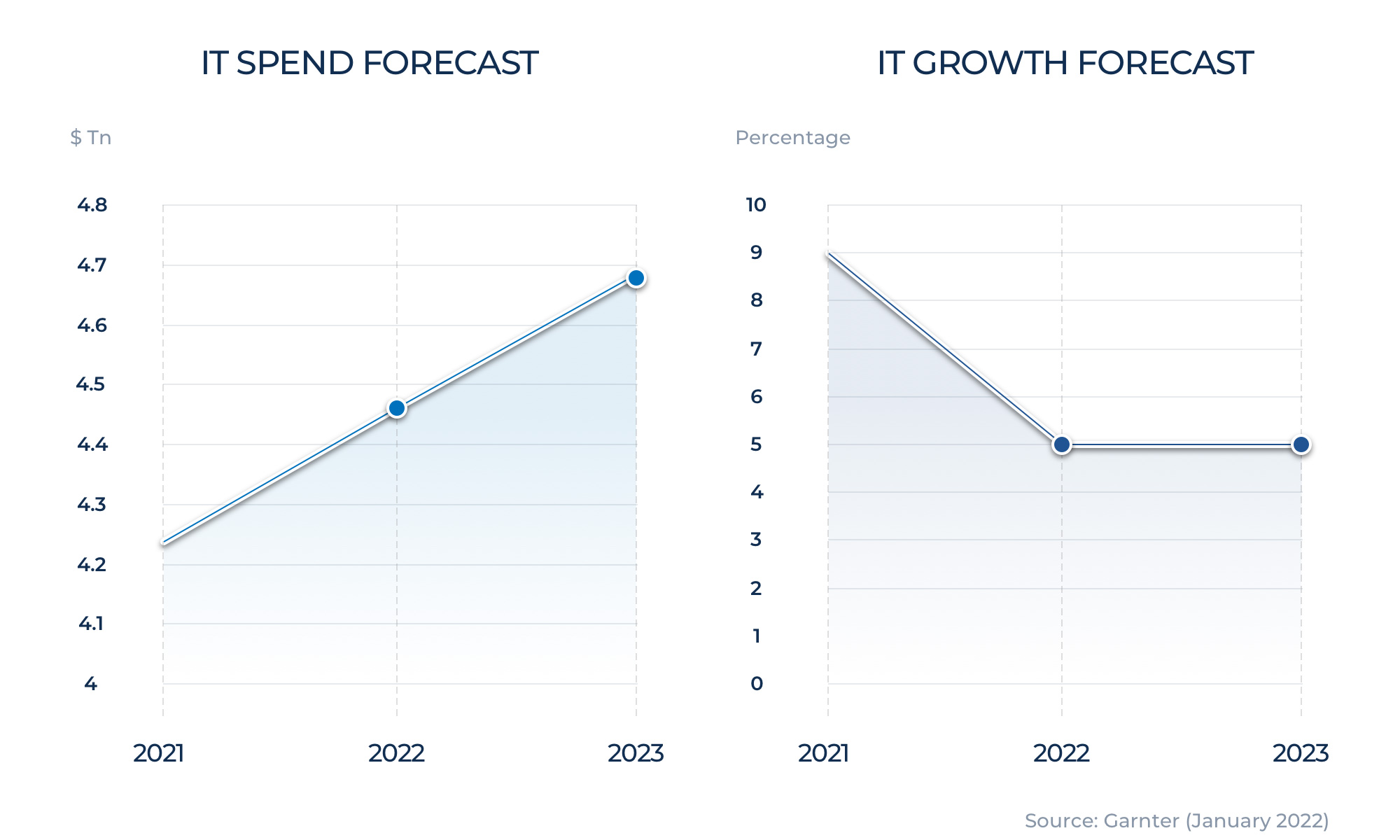Introduction
Microsoft Dynamics 365 Finance & Operations is one of the most feature-rich and optimized ERP tools. They are used for managing funds, accounts, processes, and more. D365 has ushered in several benefits for different industries. This is one of the main reasons, so many modern businesses choose to rely on it every day.
But does it make some sense for transportation management? Keep reading to find out.
Transportation Management in D365 F&O
When Microsoft developed AX into D365, transportation management functionality took center stage in its module. This allowed businesses to automate all the essential finance and operation-related operations like accounting, cost management, freight management, master planning, and more.
The resulting Transportation Management module allowed users to enjoy improved capabilities and features. This included things like:
- The updated version permitted manual freight reconciliation.
- The ability to generate USMCA certification of origin documents.
- Management of transport management engines in D365 F&O.
This is just the tip of the iceberg; the latest version of transportation management in D365 F&O is packed with modern-day capabilities.
Who Should Use it?
D365 is for any organization that wants to streamline its supply chain, reduce costs and offer a better customer experience – something that’s become critical in the last few years. D365 can completely replace legacy systems with best-of-breed transportation management technology. It can automate vendor allocation, routing, and transportation allocation for all outbound and inbound orders with full support for AI-enabled devices.
This tool can handle multiple logistics TMS aspects in different scenarios by granting better control over shipping, modifying the shipping rate according to distance & shipment weight, and so on.
Let’s look at some of the most common scenarios that can be handled efficiently with Transportation Management in D365 F&O.
Scenario #1
Due to changes in consumer habits, your SKU count has increased. And it would help if you found a way to get more control of your growing fleet. Microsoft Dynamics 365 is perfect for seamless delivery/pickup and complete control over shipping cost by volume/distance.
With D365, you can decide on the delivery charges based on distance or shipment volume. And share the delivery receipt with the customers directly without getting involved in reconciliation.
Scenario #2
Your business chooses not to charge a separate delivery fee; you instead combine it as part of the total cost of the order.
D365 makes it easy to adjust your pricing seamlessly and efficiently, as needed. This means you can account for changes due to shipping volume or availability.
On top of that, D365 lets you do things like automatically adjusting the order cost and providing insights into shipping cost breakage.
Scenario #3
Suppose you’re using the logistic services of several different companies for your business processes. Transportation management in D365 gives you complete control and the ability to manage all your service providers more effectively in one location.
You can set different transportation rates and delivery preferences there, as needed.
D365 Transportation Management Benefits
Figure 1:Benefits of D365 Transportation Management

Working with a partner to implement Transportation Management in D365 brings a lot to the table for the end-users.
Whether it’s having complete control of your entire fleet, automatic transportation rate calculations, support for things like Artificial Intelligence (AI), Internet of Things (IoT), and more, Transportation Management in Microsoft Dynamics 365 can change how you do business.
Planning, Logistics, and D365 Transportation Management
With access to real-time shipping information, the transportation management module in D365 makes inbound and outbound planning easier than ever. End-users can make plans according to the processed orders or their related shipments.
Inbound transportation in D365
The inbound transportation management in D365 is very business-friendly. It ensures a transportation solution is ready for vendor orders and doorstep delivery.
With D365, planning a route, generating the receipt, and tracking the order from the vendor’s warehouse to yours is easy.
Outbound transportation in D365
One of the critical benefits of D365’s transportation management is having end-to-end control of how you manage your shipments. Transportation Management in D365 makes creating an outbound lead, assigning rates, creating processes, and planning the load appointments easy. And everything else that goes into outbound transportation management.
Load Building as Needed
Volume-based load building in D365 is much more advanced than older, legacy solutions. It lets businesses set limits on the highest permitted height & weight values.
If your load exceeds the pre-defined load template, you can override it and define new values.
The best part about customizing load templates is that you can make them highly informative by adding details like load template ID, equipment, dimensions, floor stack load, the maximum allowed weight, etc.
Support For a Wide Range of Transportation Engines
Different transportation engines are used to define the logic needed to develop and administer transportation rates.
It takes a lot to ensure complete control of your transportation management, which usually means you need access to multiple transportation management engines. To this end, Microsoft supports multiple different engines in its D365 software including:
- Rate Engine that can calculate rates.
- Generic Engine that supports other engines.
- Mileage Engine that can keep an eye on distance travelled.
There are also things like Transit Time Engines, Zone Engine, and Freight Bill Type Engine. With all these engines, organizations have more functionalities to add to transportation management and achieve perfection.
Better Integrations
Successful transportation management is only possible when the system has full access to the required data.
Transportation management in D365 offers several powerful integration capabilities.
D365 pairs seamlessly with CDS or Common Data Services, making various entities available. In addition, the Azure Data Lake is staged carefully in Entity Store, which ensures only updated data, with incremental syncs, is available.
Regarding shipments, D365 helps businesses automatically report product damage for refunds – all of which can be automated to save invested time and effort.
A Powerful Tool for Managing Global Operations
D365 is designed to streamline global operations. Presently, it has localized versions for 37 countries in 42 languages. This lets enterprises with a worldwide presence select a localized version for each region with a centralized view of data and operations.
D365 does an excellent job of keeping departments and branches worldwide up to date and able to collaborate more efficiently.
Scalability And D365 In the Cloud
Several benefits come from D365 being a cloud-based ERP, including the fact it benefits from a scheduled number of annual and semi-annual updates, both minor and significant.
Several features can be easily added or removed. With a familiar, browser-based interface, access from anywhere is possible – critical for a remote workforce, and licensing can be set for as few or as many users as needed. D365 truly delivers when it comes to productivity and scalability opportunities.
One downside often tied to having so many features is the need for clarity when making sure you pick what works best for your business. Constantly, the best solution is working with a certified Microsoft partner that can optimize your configuration, help you decide on ideal features, and document update requirements.
Final Thoughts
D365 delivers features like cloud deployment, fantastic integration, inbound and outbound management, load balancing, financial supply chain assistance, and other noteworthy capabilities. With D365, you eliminate the need to switch between apps or invest in different transportation management tools for different regions.
Hopefully, this article gives you a better view of how transportation management in D365 can help your business grow and succeed. However, taking advantage of the right features doesn’t have to be complicated. The best option for most companies is to work with a trusted partner to ensure your implementation goes as smoothly as possible.
The right D365 F&O experts can assist you through and through with the modernization and automation of your transportation-related operations. Schedule a call today for more details.




















